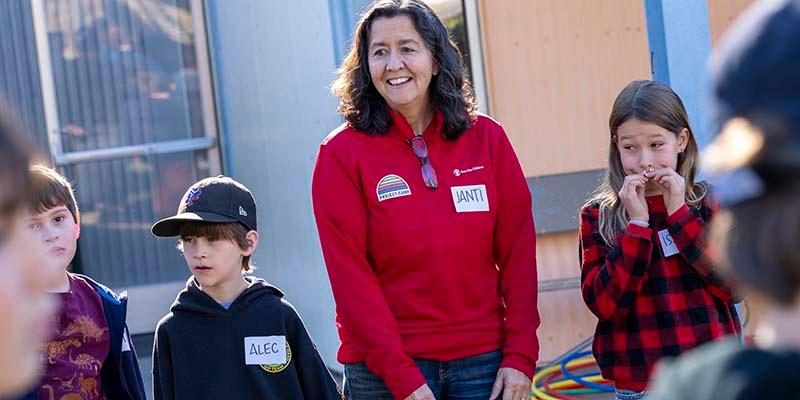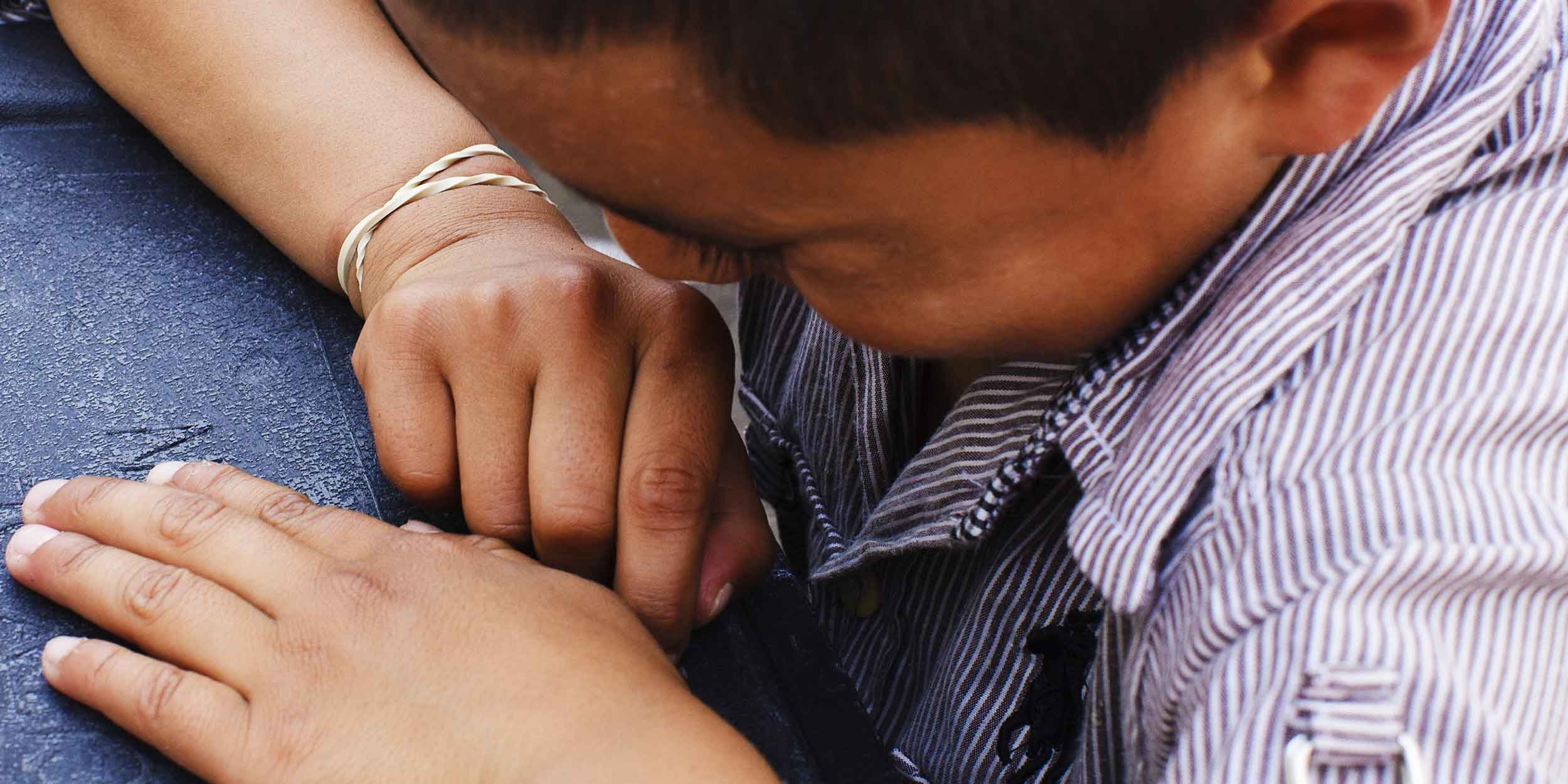EMERGENCY ALERT
India is grappling with one of its worst heatwaves on record, with temperatures touching 122°F in many regions of north India.
These extreme weather patterns are not isolated incidents but are directly linked to the broader global climate crisis. Save the Children works to help communities adapt to the impacts of the climate crisis, from supporting food security programs for families suffering severe drought in the Horn of Africa, to providing emergency relief supplies for those recovering from deadly tornados across the United States. Donate today to the Children's Emergency Fund.
Extreme heat is putting children’s health at risk
- Climate and environmental threats are responsible for the disruption of the education of over 37 million children each year.
- Extreme heat can cause illness, dehydration and even death.
- Children born today will face, on average, seven times as many heat waves as their grandparents.

Today, there are an average of six heat waves per year, up from two heat waves per year during the 1960s

The average heat wave season across the U.S. is about 49 days longer now than it was in the 1960s

Experts predict that the critical 1.5ºC global warming threshold could be breached within the next five years
How Your Support Helps Children and Communities Impacted by Heat Waves
Save the Children supports children and communities most affected by the climate crisis to build resilience and adapt to the future, and provide emergency aid to communities affected by extreme heat and other extreme global weather patterns. Your support makes this work possible.

We design programs to strengthen environmental action through school-based educational activities

We stand behind, and alongside, the student activists demanding action on the climate crisis

We help young people access green employment opportunities so they can contribute to future green economies
10 heat wave safety tips to keep children safe
- Never leave children unsupervised in parked cars.
Even in less threatening temperatures, vehicles can rapidly heat up to dangerous temperatures. A child left inside a car is at risk for severe heat-related illness or death, even if the windows are cracked open.
- Stay informed.
Listen to local news and weather channels for health, safety and weather-related updates, including heat warnings, watches and advisories. Follow the guidance from local officials.
- Seek shelter in cool places.
Staying cool in an air-conditioned space can help you stay cooler. However, since the COVID-19 pandemic may have caused many cooling centers and public spaces (e.g., shopping malls, public libraries) to put restrictions in place, it can be difficult to find a safe, public space with air conditioning. The Centers for Disease Control and Prevention has offered guidance to reduce the risk of introducing and transmitting coronavirus in cooling centers.
- Wear light clothing, heavy sunscreen.
Choose lightweight, light-colored, and breathable fabrics (such as cotton), as well as broad-spectrum sunscreen (with protection from both UVA and UVB sun rays) to protect you and your child from the heat and potential sun-related skin damage. Hats and umbrellas can be used to limit exposure to harmful rays.
- Drink lots of fluids.
Remember to drink plenty of liquids, regardless of your activity level. Check your baby’s diaper for concentrated (dark in color) urine, which can indicate dehydration. Fluids should be drunk before, during and after being exposed to extreme heat. Also avoid hot meals as they may increase body heat.
- Know how to identify heat-related illnesses.
Learn symptoms and signs of heat-related illnesses/conditions such as heat stroke, exhaustion, cramps, and severe sunburn. If children show these symptoms, seek medical assistance immediately. Refer to the CDC website for a complete list of health conditions caused by extreme heat exposure, and how to remedy them.
- Get lots of rest.
Strenuous activities should be reduced, eliminated or rescheduled to the coolest time of the day. Make sure that children get lots of rest when they are active.
- Keep children entertained.
Children may become anxious or restless from being kept indoors. Plan ahead for indoor activities and games and limit the screen-time on TVs, phones and tablets.
- Reassure children.
Children may be afraid or stressed by effects of the heat, such as seeing dead animals. Remember that children take their cues from their parents and caregivers, so try to keep calm and answer their questions openly and honestly.
- Learn your caregivers’ disaster plans.
If your child’s school or childcare center is in an area that may experience extreme heat, find out what their plans are in the event of a heatwave.
How to Help Children and Families Affected by Global Heat Waves
Save the Children is a Green Climate Fund accredited entity, aiming to help scale up locally-led approaches to adaptation. Your donation to the Children's Emergency Fund helps our work in the U.S. and around the world helping children and their communities prevent, prepare for and recover from global heat waves and other climate-induced disasters.




